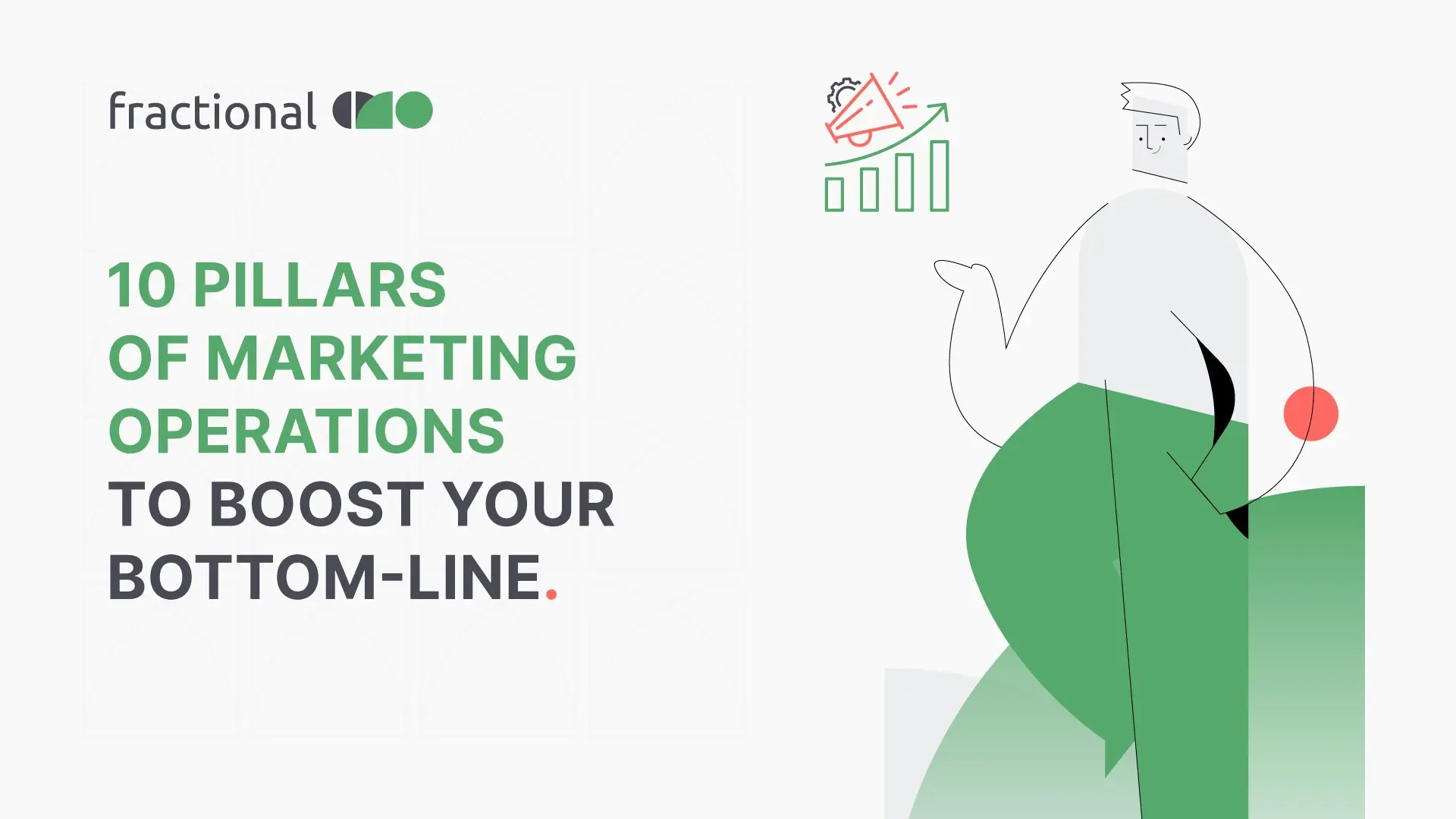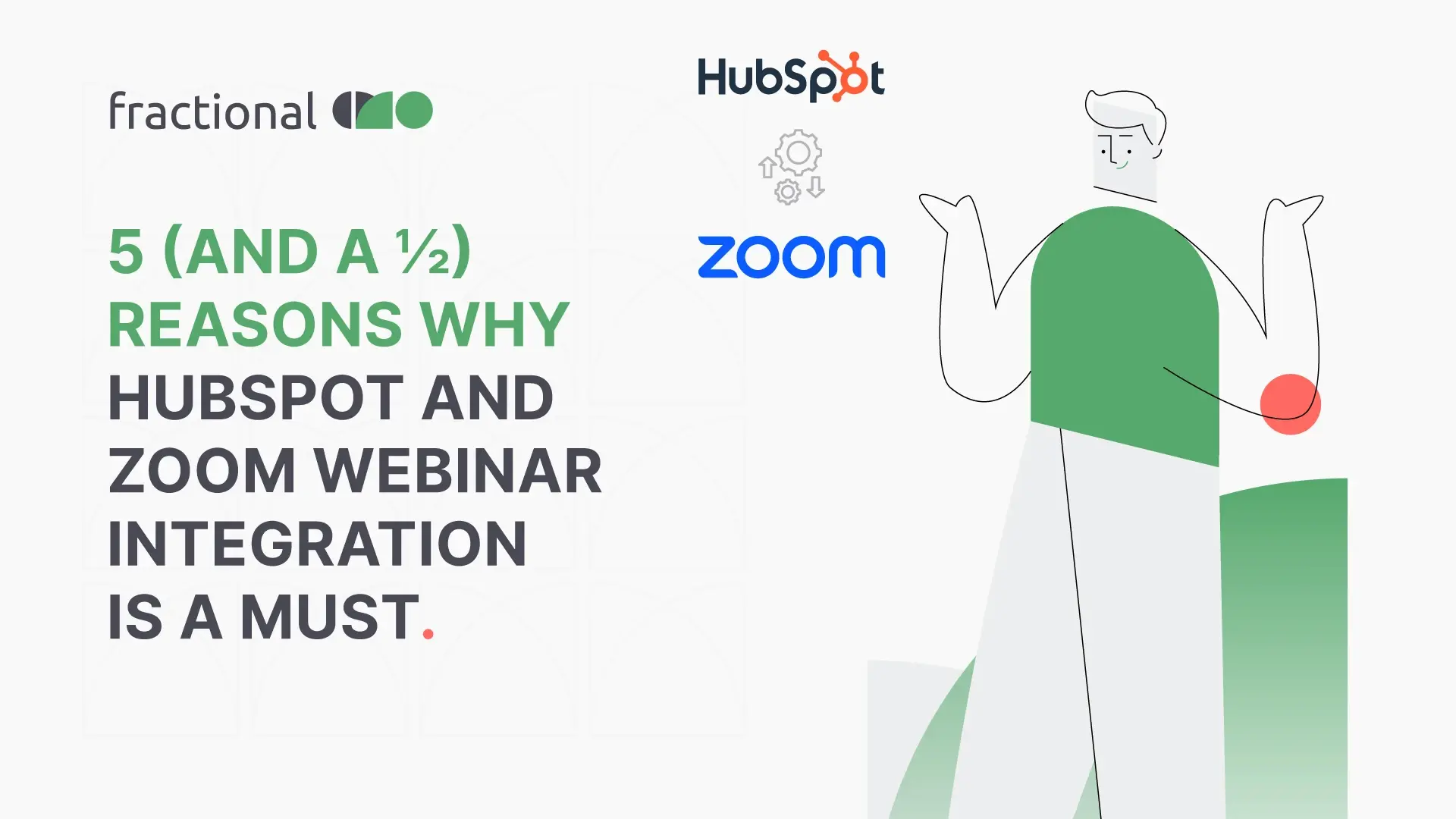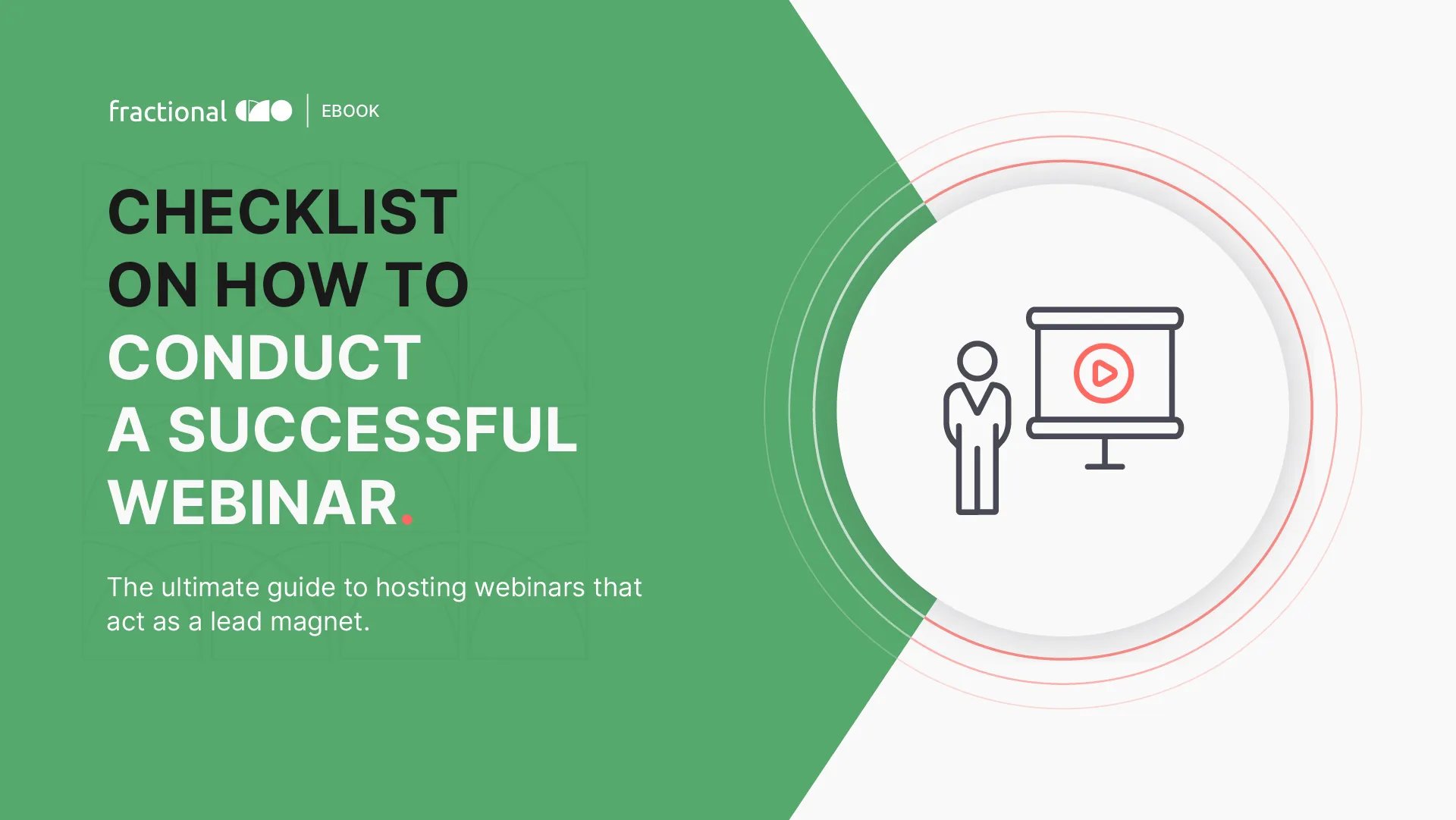Learn how to grow your business by blogging
 In the current market scenario where everything is shifting online, any company, of any size -- whether it’s one-person business or an MNC -- must consider how digitization is affecting business as we know it. Business is shifting online. And, you need a blogging strategy to drive some of it your way.
In the current market scenario where everything is shifting online, any company, of any size -- whether it’s one-person business or an MNC -- must consider how digitization is affecting business as we know it. Business is shifting online. And, you need a blogging strategy to drive some of it your way.
Blogging, as you know, is one way to drive online traffic to your business.
And the reason we singled out blogging as your go-to-strategy for online is because it is the keystone that supports the rest of your online marketing.
It supports all your inbound marketing [attract-convince-convert-delight] and/ content marketing [awareness-consideration-decision] stages as well your email campaigns, social media campaigns, SEO, and digital PR efforts.
Grow your business by blogging
Why blogging Is important for business growth
- Customers use blogs to guide buying decisions
79% of online shoppers spend 50% of their shopping time researching products online. [Source: HubSpot]
- Blogging attracts more leads to your website
The average company that blogs generate 55% more website visitors. [Source: HubSpot]
Companies that blog generate 97% more inbound links, and 434% more indexed pages. [Source: Social Media Today]
Clearly, blogging can play a strong role in driving online business growth for you. But, is blogging the best growth marketing strategy you can pursue? Let’s find out.
Is blogging the best marketing investment you will make?
Blogging vs SEO vs Social vs Email
A few facts to help you understand how blogging compares with other marketing strategies:
- A slew of Google algorithm changes over the years have made SEO minus content untenable
- Social marketing suffers from platform dependency and limited long-term lead generation potential
- Email’s challenges include spam filters, content dependency, and lead generation potential
We can see that blogging has some advantages over some of the other elements of your marketing program. But before you commit significant marketing resources to blogging you must know the challenges and opportunities it presents.
Ease/Difficulty of using blogging for online business growth
- The blogosphere is crowded
In 2013, there were already 152,000,000 blogs on the Internet. And, in2016, 36% of Fortune 500 companies have a public blog. [Source: Statista]
Standing out in the blogging arena as a victor won’t be easy.
- Challenges in blogging
Standing out is tough due to the high competition. Blogging is the first content marketing step for most businesses due to its advantages over other content types.
Identifying the tone, length, and frequency of blogging that resonates with your target audience will require patience, perseverance, and passion.
Achieving a good search ranking and attracting inbound traffic will take time. You cannot expect it to happen immediately after you start blogging.
- Opportunities/Advantages in Blogging
There are no limitations on post length. This allows you to deal with the topic - in-depth or briefly - as required.
Google also offers helpful clues via keyword search tool, Google trends, related keywords, and analytics to help you select the right topics.
Unlike other content types like infographics, case studies, e-books, white papers blogging places no constraints on the tone, structure, and style of writing.
The time –cost – effort required to write a blog of an average length is less in comparison to other content formats. Consequently, the frequency of blogging or blog content creation is often higher compared to other content types. This makes blogging the best option for driving frequent engagements via social and email channels.
You now understand the potential, opportunities, and challenges in using blogging for growth hacking. It’s time to get started.
Here are a few thoughts, strategies, guidelines, tips and tricks to help you:
Everything ‘U’ need to know about Blogging
Goal
There are three types of goals that help you execute a results-driven blogging program - achievement goals, action goals, and limited goals.
- Achievement goals:
Here you define what you want to achieve in a specified timeframe. You can set monetary, subscription or traffic goals.
- Action Goals:
This goal will detail the actions you will take to reach your achievement goals. It could be the number of blogs you plan on writing in a month or the number of channels or posts that you will use to promote your blogs or the frequency with which you will revisit and update your blogs.
- Limit Goals:
A limit goal defines the achievement or action in numeric terms and includes the timeframe in which the goal is to be achieved. For instance, a goal to attract 1000 unique visitors in 3 months is a limit goal.
While achievement goals help you set a broader vision, limit goals will keep you moving toward that vision by defining numerical milestones for progress.
Strategy
One thing that can help you stand out is discovering a niche and catering to it. A good blogging strategy will also need to be aligned to your long-term achievement goals.
- a) Creating A Niche:
Finding a niche is to create a point of difference from competitor blogs that your readers might enjoy. Something as simple as your personal story or a blogger persona that is memorable and distinctive can do the trick. Track your competitors to see what they’re doing and brainstorm on how you can present your ideas or solutions in a new and exciting way.
- b) Scout For Opportunities:
Use tools like AHREFs to analyze blog’s links and keywords of your competition. Doing this exercise will help you decide in which keywords and niches you can compete. For instance, if a competitor is getting backlinks from government sources for a particular topic you’re unlikely to outrank them even with a lot of effort. The analysis also provides insights on the promotional strategies that can guide your own outreach and PR efforts.
Design
- a) Design & Branding:
A blog with an ugly design and no logo can turn off your readers. Which is why you need to invest in a good theme and color scheme. Even logo design and the graphics that accompany your blogs need to be designed with care.
- b) Structure & Navigation:
Along with a great design, a clear navigation structure, and easily accessible CTAs are important from a design perspective.
Content
- a) Original and Valuable Content:
That does the trick. Producing a lot of filler content will not help you drive traffic. 58% of marketers voted for “original written content” as the most important type of content, outdoing images, videos, and infographics. (Source: Social Media Examiner)
- b) Content Types that Work Best:
Long posts, list posts, how-to-posts, and multi-author blogs usually get more eyeballs and shares. Make sure that you also have blogs that qualify as pillar content in a good number. Pillar content or compounding blog posts are your most popular blogs, blogs that - rank high consistently, drive incremental traffic over time and get a lot of comments and shares. Only 1 in 10 blog posts are compounding, which means organic search increases their traffic over time. (Source: HubSpot)
Marketing
- a) Social Media:
Use this to promote your blog to your target audience. The number of shares likes etc can tell you a lot about what kind of topics your audience is interested in.
- b) Work with Influencers:
Try to build relationships with influencers to ensure that your blogs get in front of their followers or email subscribers. Explore guest posting and co-writing opportunities to expand your blogging audience. Commenting on top blogs/ participating in forum discussions actively can also attract attention to your blog.
- c) Guest Posting on Authority Sites:
Guest posting is a great way to build your profile as a thought leader in your industry space. It helps you drive free targeted traffic to your own blog through backlinks.
Got everything you need to start blogging? Share your experiences with us!









